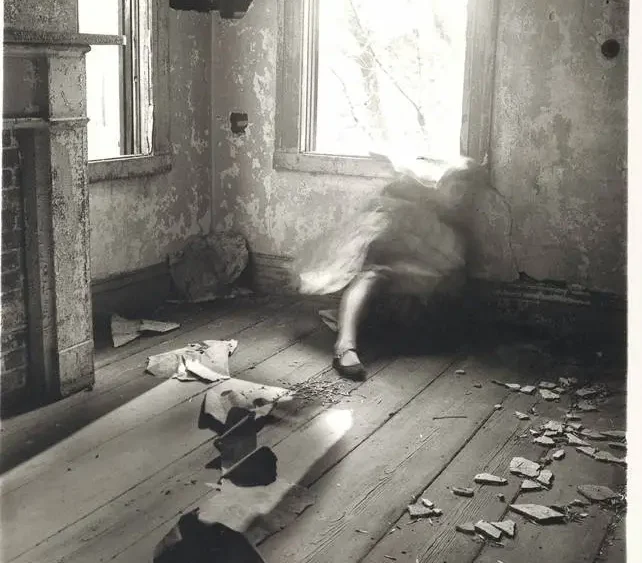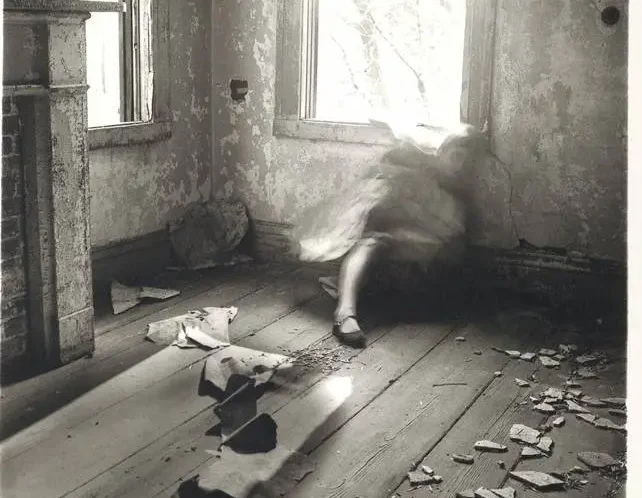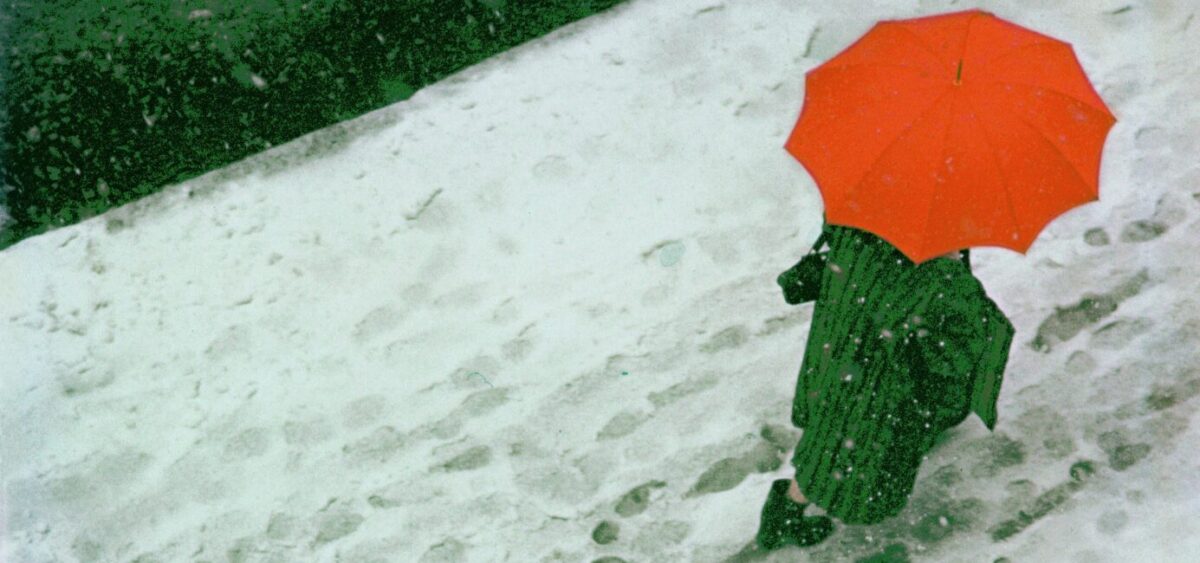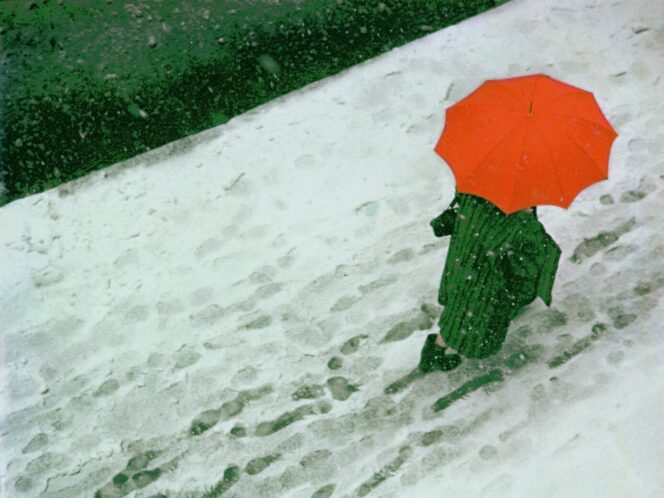
The American photographer known for her blurry black-and-white pictures was active for just several years, and her poetic and provocative work is only now receiving the recognition it deserves.
It’s hard not to think about her outside the context of her premature death. Francesca Woodman, now considered one of the most important photographers of the twentieth century, specialized in dreamlike self-portraits that show her in a moment of transformation, often out-of-focus, blurry, or disappearing.
Her black-and-white prints are permeated by a hypnotizing absence, as if what these photograph-paintings captured was—paradoxically—the very fragility or the illusory nature of all being.
This was my train of thought after I encountered Woodman’s pictures for the first time








